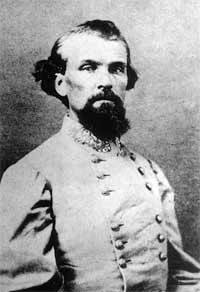Six months ago I switched to basic cable, the cheapskate option in my AT&T U-verse package. I did it to save a little money, gain a little quality time, and make a symbolic protest against AT&T and ESPN, which I blame for jacking up my monthly bill to $174 and ruining civilization as we know it.
Resolutions are easy in January. Most of the football bowl games I wanted to watch were on broadcast stations ABC, NBC, CBS or FOX. There were Christmas gift DVDs to enjoy instead. Then it got harder. ESPN has fought back against people like me by capturing exclusive rights to more and more events. Here is my report.
Total Savings: The difference between my old 280-channel package and my new 15-channel package is $40 a month, or $240 for six months. The savings should be more than that, but AT&T charges cheapskates and Luddites $15 a month for equipment that is “free” with other packages. Offsetting expenses: Netflix subscription for $7.99 a month, $4 beers at sports bars.
Most Grief Taken: My wife loves the AMC zombie show “The Walking Dead.” She reminds me about once a week. Offsetting factor: The Brad Pitt movie helped, but the zombie appetite is not easily sated. If I break it will be due to zombies.
Second biggest loss: Who knew the Grizzlies would go so far in the Playoffs, and that several of the games would only be on ESPN? Or that Michigan would beat Kansas in a thrilling game on TBS? Offsetting factor: Mooching off neighbors.
Third biggest loss: Watching people cook on “Chopped.” Offsetting factor: Actually cooking.
Other regrets: French Open and Wimbledon early rounds. Offsetting factor: ABC highlights and replays, if you don’t mind knowing Federer and Nadal lost.
Worthwhile discoveries on basic cable stations: None. The major networks are a wasteland and appear to have given up on everything except reality shows and copycat crime shows. Offsetting factor: Black Hawks and Bruins in NHL Playoffs and WKNO documentary on Henry Ford.
Best rented movies I would not have seen otherwise: “Sherlock Holmes” and “In Bruges”.
Worst rented movie I would not have seen otherwise: “Extremely Loud and Incredibly Close”.
Long books I probably wouldn’t have read otherwise: “Blue Latitudes” by Tony Horwitz and “11/22/63” by Stephen King.
Smug moment: Pointing out newspaper stories about Evil ESPN and viewers cutting cable and asking people “Does Paula Deen have a show?”
Sick moment: ESPN ends sharing agreements with broadcast stations for major events. AT&T comes up with more fees.
Guilty pleasure: Surfing 200 stations while on vacation and watching Paula Deen and Matt Lauer on “Today” on NBC.

